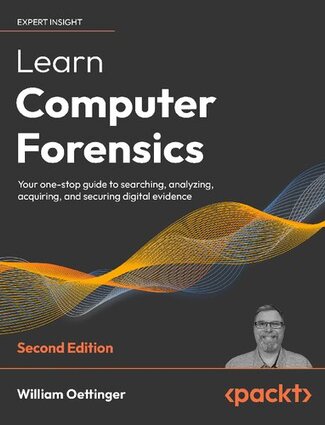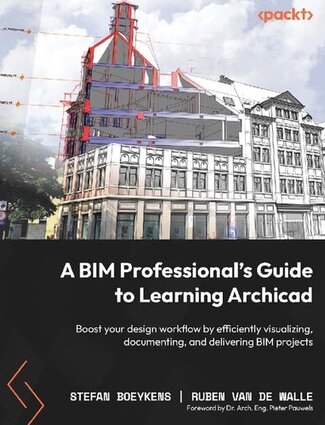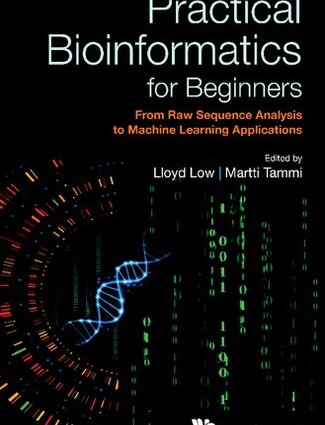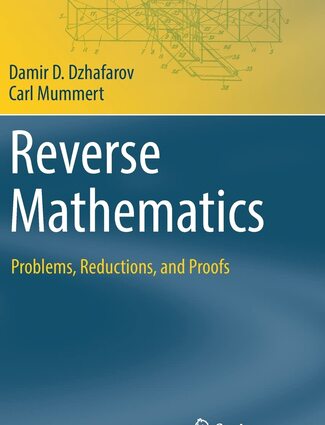
Reverse Mathematics: Problems, Reductions, and Proofs (Theory and Applications of Computability)
September 2, 2022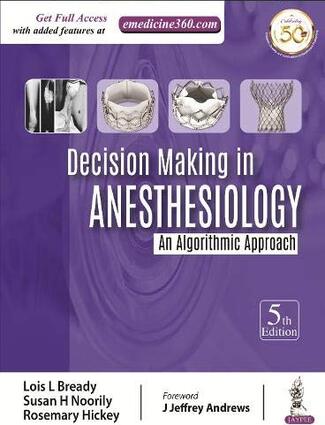
Decision Making in Anesthesiology: An Algorithmic Approach
September 2, 2022| Author: | William Oettinger |
| publisher : | Packt Publishing |
| ISBN 10 : | 1803238305 |
| ISBN 13 : | 9781803238302 |
| page Number : | 435 |
| file size : | 49 MB |
Description:
Learn Computer Forensics from a veteran investigator and technical trainer and explore how to properly document digital evidence collected
Key Features
• Investigate the core methods of computer forensics to procure and secure advanced digital evidence skillfully
• Record the digital evidence collected and organize a forensic examination on it
• Perform an assortment of Windows scientific examinations to analyze and overcome complex challenges
Book Description
Computer Forensics, being a broad topic, involves a variety of skills which will involve seizing electronic evidence, acquiring data from electronic evidence, data analysis, and finally developing a forensic report.
This book will help you to build up the skills you need to work in a highly technical environment. This book’s ideal goal is to get you up and running with forensics tools and techniques to successfully investigate crime and corporate misconduct. You will discover ways to collect personal information about an individual from online sources. You will also learn how criminal investigations are performed online while preserving data such as e-mails, images, and videos that may be important to a case. You will further explore networking and understand Network Topologies, IP Addressing, and Network Devices. Finally, you will how to write a proper forensic report, the most exciting portion of the forensic exam process.
By the end of this book, you will have developed a clear understanding of how to acquire, analyze, and present digital evidence, like a proficient computer forensics investigator.
What you will learn
• Explore the investigative process, rules of evidence, legal process, and ethical guidelines
• Understand the difference between sectors, clusters, volumes, and file slack
• Validate forensic equipment, computer program, and examination methods
• Create and validate forensically sterile media
• Gain the ability to draw conclusions based on the exam discoveries
• Record discoveries utilizing the technically correct terminology
• Discover the limitations and guidelines for RAM Capture and its tools
• Explore timeline analysis, media analysis, string searches, and recovery of deleted data
Who this book is for
This book is for IT beginners, students, or an investigator in the public or private sector. This book will also help IT professionals who are new to incident response and digital forensics and are looking at choosing cybersecurity as their career. Individuals planning to pass the Certified Forensic Computer Examiner (CFCE) certification will also find this book useful.

